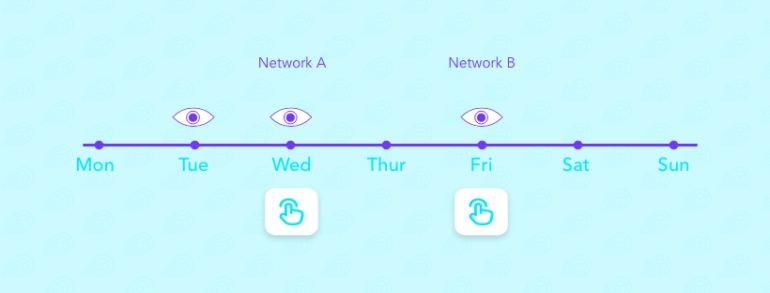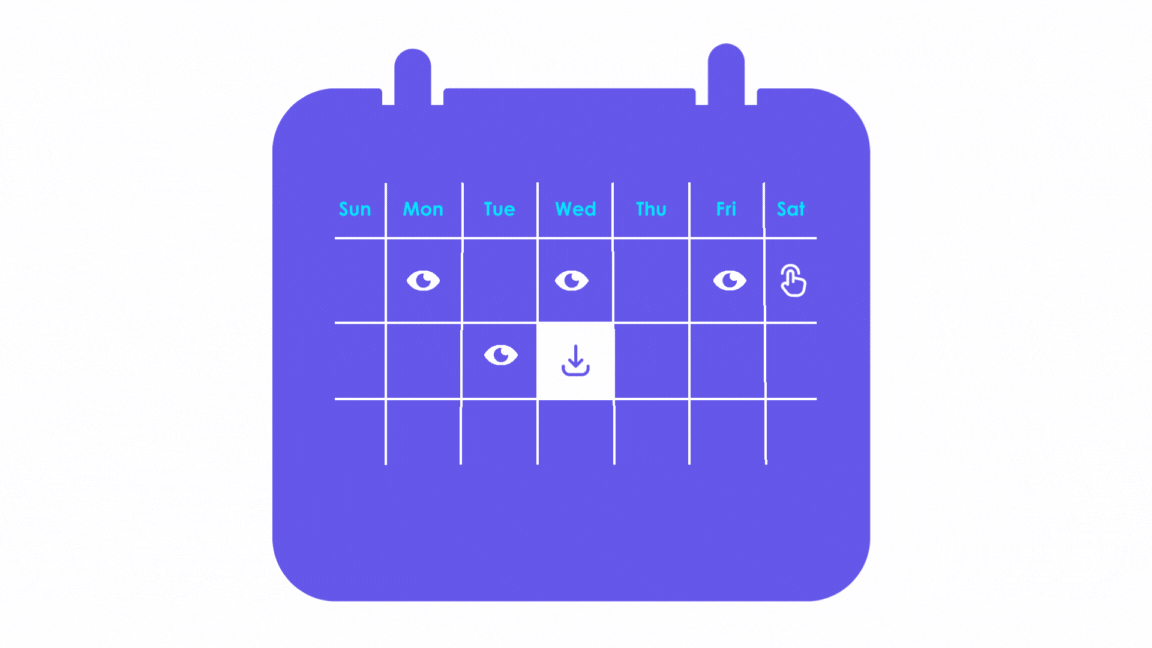A short while ago we hosted our first roundtable in partnership with moengage and data.ai. The purpose of this event was to gather great professionals from our industry in a room and discuss topics, share knowledge and some tips and tricks.
We decided to start with attribution models and understand the formats different verticals apply and what they believe could be the game changer.
Since attribution can be confusing sometimes, we will take you around some concepts and models before we share some intakes of the roundtable session.
What is Attribution?
Attribution is a model that assists you in determining which marketing channels are driving results in your campaigns. It allows you to track your users’ journey from the first click to conversion. Based on the data collected, you are able to see what messaging and marketing strategies work best and adjust your tactics to optimize more. Doing it right, you can attract more users and grow your business faster, plain and simple some might say.
Having an accurate mobile attribution is one of the most important tools you can use to ensure the sustainable growth of your app business. When applying attribution to user acquisition, it is important to know exactly which ad creative, campaigns, and networks are delivering the most profitable results.
Benefits
- It helps businesses understand the effectiveness of their marketing campaigns. If you think of your customer when they interact with your brand’s app, their actions are tracked and recorded. The collected information is used to identify the marketing channels that are generating the most conversions. Allowing your mobile marketing team to understand more accurately your customer behavior.
- Attribution can also help to identify any underperforming channels, that way you can eliminate or improve them.
- Improve customer loyalty and engagement. By simply understanding which messages are most effective at acquiring new users, allowing the experts to focus on creating more effective customer engagement programs.
- It can help identify fraudulent activity. By pinpointing the sources of fraudulent traffic, you can take steps to prevent it from impacting their bottom line.
Attribution model breakdown
Last click
Last click attribution gives credit to the last touchpoint before the conversion occurred and is therefore easy to understand and implement. It can also help identify which channels are driving the most valuable traffic.
The downside is that last click attribution has some drawbacks. Imagine that a customer was initially acquired through an organic search campaign, but then converted through a paid search campaign, this model would give all the credit to the paid search campaign.
First click
First click attribution assigns the credit for a conversion to the first marketing channel (paid ad, social media post or a website visit) used.
The disadvantage is that it doesn’t account for other touchpoints in the customer’s decision-making process, plus it can lead to inaccurate channel investment decisions, if not used correctly.
Multi-touch attribution (MTA)
MTA takes multiple online touch points into consideration, along the customer journey into account, and then assigns credit to the ones involved. Providing the complete view of how users interact with a brand.
View-through attribution (VTA)
Marketers can now measure conversions that have a time gap between seeing an ad by an user, and conversion. This mobile attribution tool allows you to detect users who watched an ad but didn’t click in the first place, only later took action.
- Pros: provides extra data points that extend beyond clicks. Here, advertisers can include in their reports some impressions that weren’t clicked, but still, delivered a sale.
- Cons: count of conversions has a time limit, the attribution windows differ according to the provider or platform.
As mentioned in the beginning of this blog post, we finally arrived at the part where we share insights from our previous Roundtable.
At our Roundtable we combined different verticals, where the attribution model may be optimized in distinctive ways. We are talking about verticals in games and finance – bank, investment and credit.
No matter the app vertical, analyzing cohorts is considered the starting point to develop impactful campaigns.
*Cohort is related to a group of consumers who have a similar trade, measured by a period of time, for example, date the app was installed. The point is to separate the users into groups, that way you can improve the perception of the users that are getting in the app, allowing you to understand their behavior and trades in common, gather insights on their primary metrics to improve your marketing campaigns, user life cycle, acquisition costs and so on.
Understanding the daily frequency of an user in an app game in the first 28 days can assist marketers to profile the type of users who are downloading your app. In this specific vertical, only downloading the app doesn’t bring any value for them, as I believe in every other app it will apply the same mindset. The user needs to generate value, do any action in-app, from starting a game or finishing all the steps for a bank account, if this is your case.
The process of creating an account in the finance vertical, for example, demands some steps and depending on the length of the steps a user is required to fully complete the app integration, can be the breaking point for some users to give up or actually conclude the installation in their app journey.
Some integration dictates a lot of the user journey and some journeys are designed for the user to make a next step, to buy a product or to seek a card, those touchpoints are key takeaways on measuring in-app attribution, as well as being able to measure it from the moment you have an app installation, to understand which campaign and the time this future user was impacted. Be able to measure the quality of user are getting in your app and the steps required to impact and instigate them to become a loyal consumer.
Not all the scenarios and verticals play the same way or have the same receipt, that’s why we find it so important to gather those experts and discuss different experiences, scenarios and how some little adjustments can be implemented.
Gathering these professionals made our team realize that these conversations must continue and our pilot experience will definitely receive more chapters.
Again we salute and say thanks to our partners that join us in this task, together with the amazing professionals from nubank, pipa studios, empiricus research and meutudo, who were open for the conversation and learn something from the experience.
We see you guys next time
Carolyn Max – Marketing Manager at appreach

